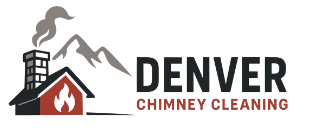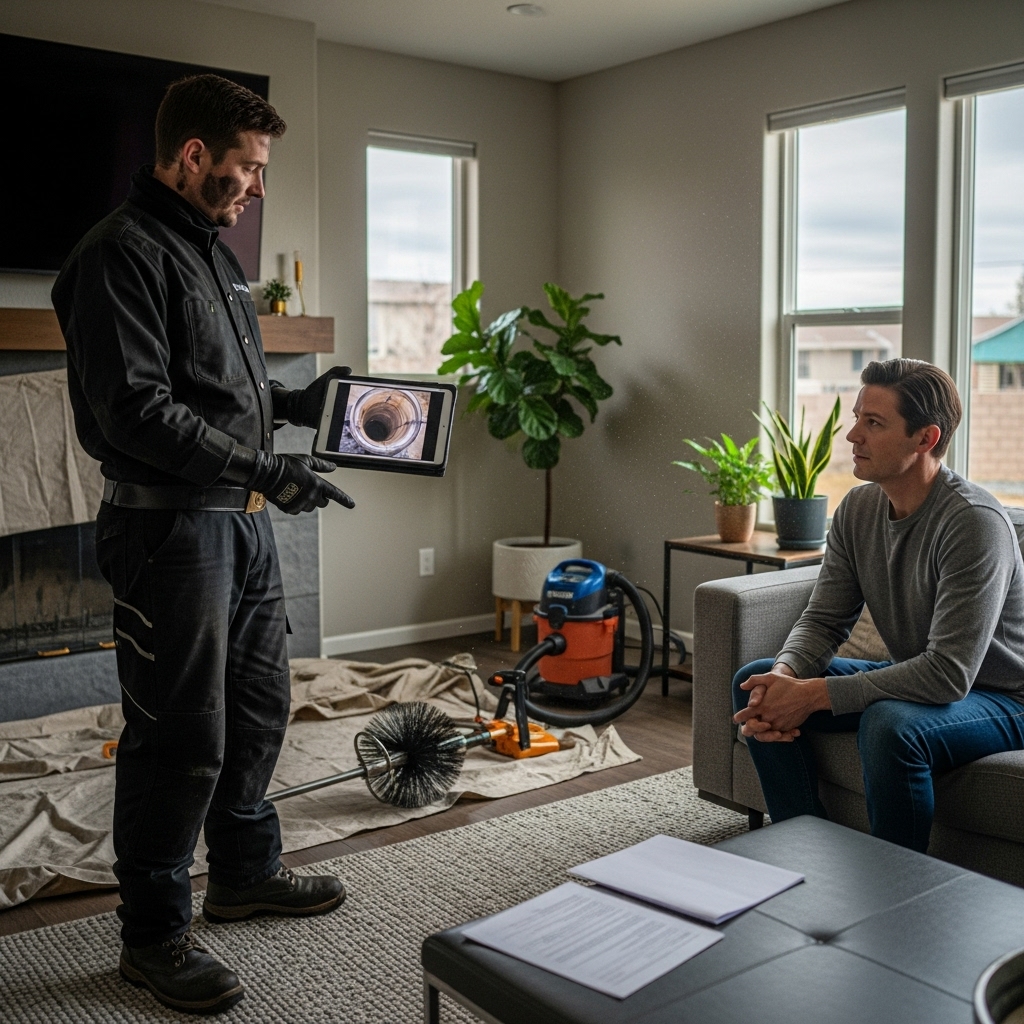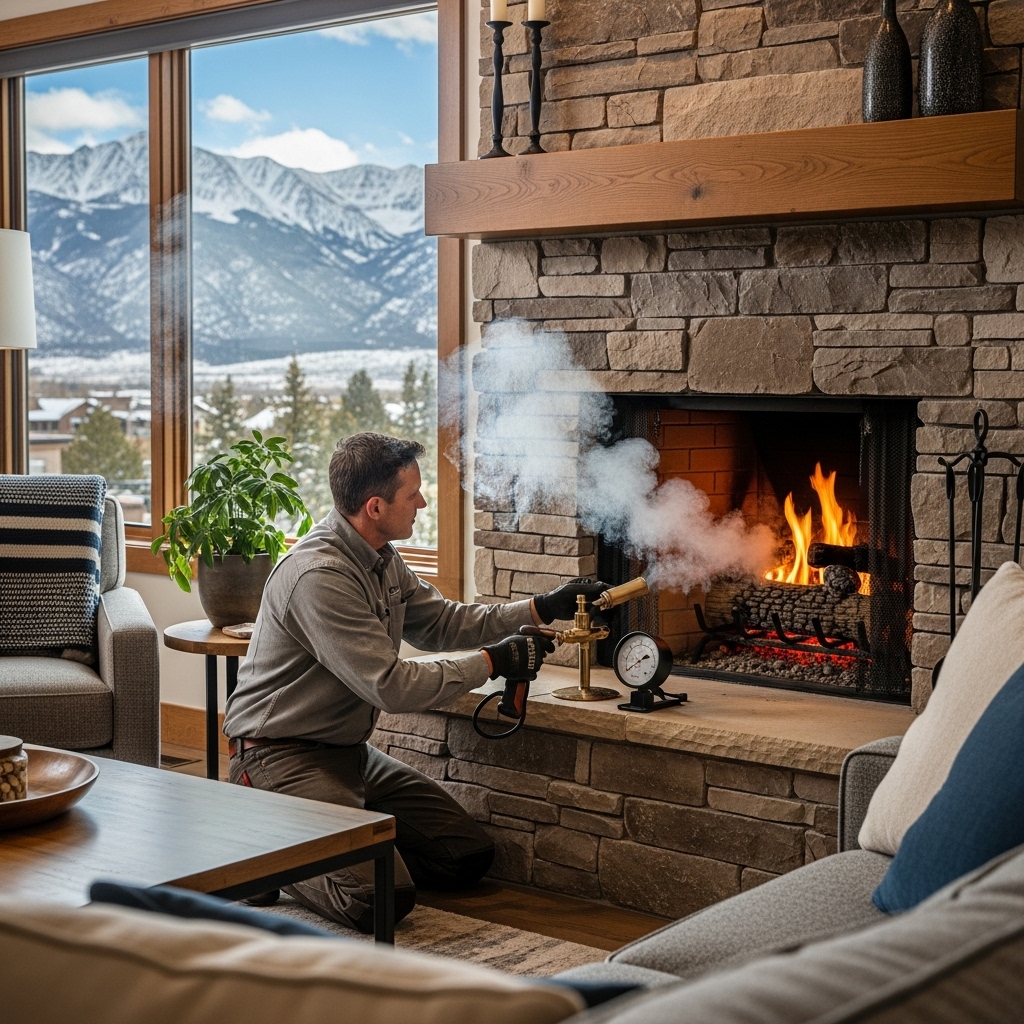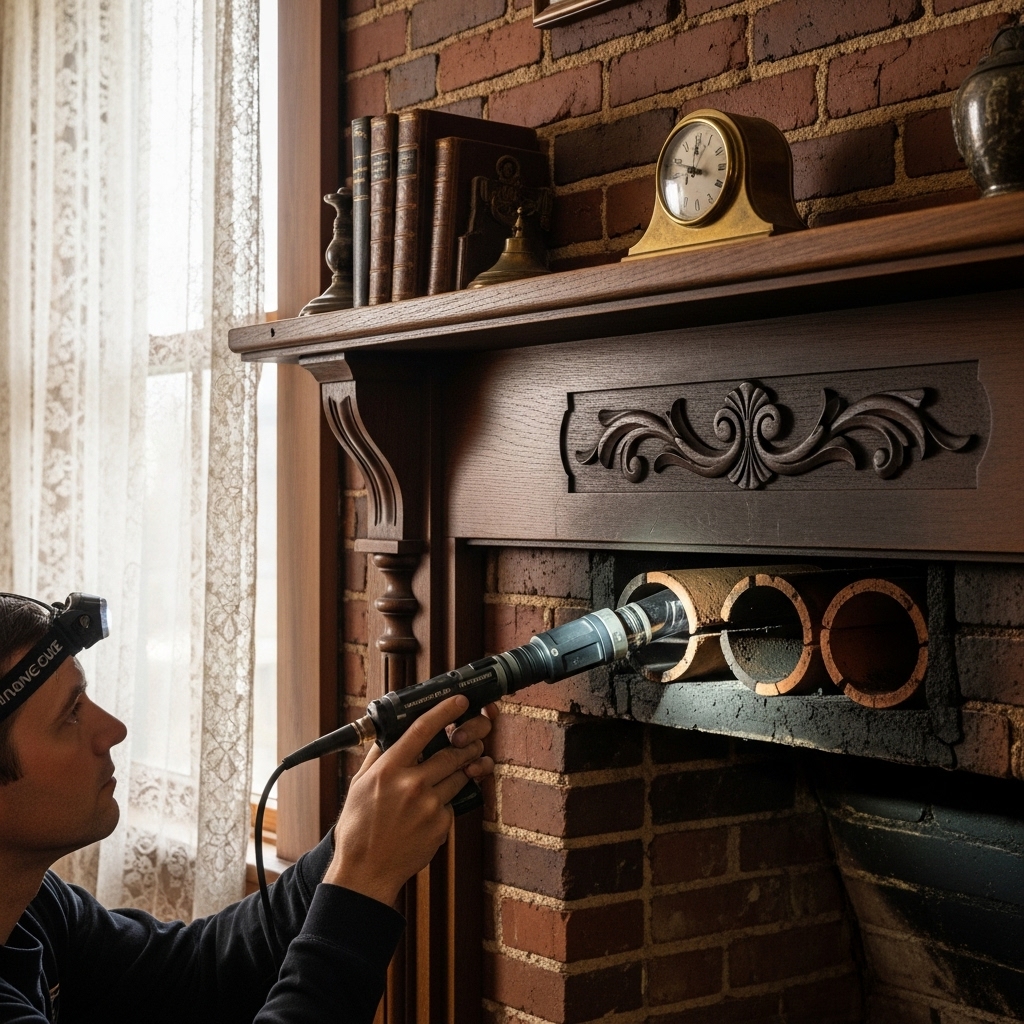Scheduling both maintenance and a full evaluation together can simplify your life as a Denver homeowner. Pairing these services means your system is cleaned, assessed, and documented in one coordinated visit. This approach is especially helpful before heavy-use seasons, after major storms, or when buying or selling a property. When you reach out to a local chimney sweep, ask how they combine routine attention with a thorough look inside the flue so you can understand current conditions and plan wisely for the future.
Why combine maintenance and evaluation?
Cleaning removes deposits and restores clear passage. A structured evaluation then examines accessible areas and, when appropriate, uses camera tools to check hidden sections. Together, these steps reduce fire risk, improve draft, and provide evidence-based insights into system health. You leave with a clean setup and a written record you can use for routine planning or real estate documentation.
When a combined visit makes the most sense
- Before listing a home or after making an offer, when documentation supports confident decisions.
- Following a severe weather event that may have affected caps, crowns, or flashing.
- After upgrading or changing appliances, such as installing an insert or converting fuels.
- When performance changes, like increased smoke odor or difficulty starting fires.
Understanding evaluation depth
Not every situation calls for an exhaustive look, but more detailed evaluations are prudent when there are signs of damage, changes in use, or property transactions. The technician will explain the appropriate depth for your scenario and what you will receive afterward, including photos and a clear summary of findings.
Denver-specific considerations that shape the visit
Altitude influences draft and how deposits develop. Freeze-thaw cycles challenge masonry, while sun and wind can stress caps and crowns. Local experts tailor recommendations to your home’s construction, exposure, and neighborhood, whether you are in a historic area or a newer build on the edge of town.
How the combined process works
The visit starts with floor protection and containment to safeguard your home. The technician confirms system type and access points, then completes the sweep using tools matched to your flue. Afterward, an evaluation checks visible portions of liners, connections, clearances, and, when appropriate, interior sections with a camera. You will see images and receive a written summary that documents current conditions and practical next steps.
What the report should include
- Photos of key areas, including the firebox, damper, liner, and cap.
- A plain-language description of current conditions and any concerns observed.
- Recommendations prioritized by safety and performance.
- Guidance on maintenance rhythm based on your usage and appliance type.
Mid-visit discoveries and how pros respond
It is not unusual to find unexpected conditions during a thorough look inside a chimney. Ethical professionals explain what they see, show images, and outline options. This transparency helps you make decisions that protect your home and support long-term reliability. Many Denver residents value working with a chimney sweep who treats the visit as a collaboration rather than a quick stop.
Preparation tips for homeowners
- Stop using the appliance at least a day in advance to ensure a cool workspace.
- Create a clear path from the entry to the appliance and move fragile items.
- Secure pets and plan for brief door openings as tools are brought in and out.
- Jot down any odors, smoke patterns, or changes you have noticed to share with the technician.
How this approach supports real estate transactions
When buying or selling, documentation is essential. A combined visit provides a clean system and a clear record of conditions. This reduces uncertainty, supports negotiations, and helps both parties plan next steps with confidence. Even outside of a transaction, thorough documentation simplifies future maintenance.
Benefits that extend beyond the visit
Regular attention and accurate records help you anticipate needs, avoid surprises, and enjoy better performance. Over time, you will notice patterns: how your system responds to fuel choices, how seasons affect draft, and what intervals make sense for your household. This knowledge empowers you to keep your home comfortable and safe.
Frequently asked questions
Is the process messy? Professional containment, floor protection, and HEPA filtration keep your living space clean. The work area should be left as tidy as it was found.
Do gas appliances need oversight too? Yes. Gas systems still benefit from periodic checks to confirm safe venting and proper operation.
How long does a combined visit take? Timing varies with access, system type, and evaluation depth. Clear expectations at booking help the day run smoothly.
Can I receive photos and a written report? Absolutely. Documentation is a hallmark of professional service and supports future maintenance planning.
What if the technician finds something unexpected? Ethical providers share images, explain options, and outline next steps so you can decide with confidence.
Putting it all together for Denver homeowners
Pairing maintenance with a careful look inside your system provides a fuller picture of safety and performance. It aligns well with the realities of life along the Front Range, where weather and altitude shape how chimneys age and function. With the right partner, you will have a clean, documented system and a plan that fits your home.
Ready to schedule a combined visit?
If you want clarity, convenience, and confidence in your fireplace or stove, schedule a coordinated appointment with a trusted local provider. Start by reaching out to a reputable chimney sweep who serves Denver and understands how to tailor the process to your home. With a single, well-planned visit, you can set yourself up for a safer, more comfortable season.




